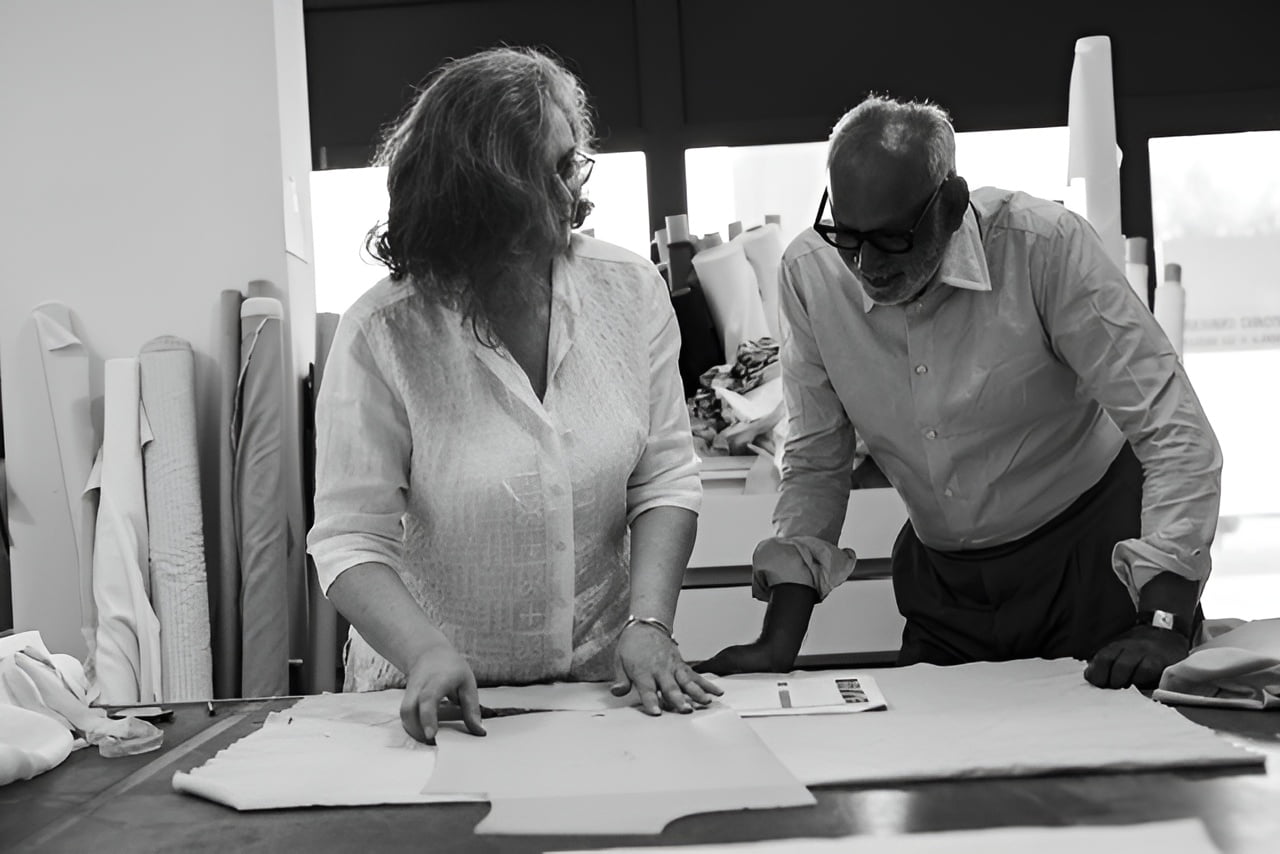I have been rediscovering the British colonial grandeur in the capital Colombo, wandering along its palm-fringed coastline and escaping to the misty hills of tea country. After decades my palate has been refreshed by the spices and warm, fragrant beverages that are most characteristic of my native land. Today it is called Sri Lanka, but for those of my generation, it is still Ceylon. I missed visiting Sri Lanka, and it felt so good coming back.

When European travelers arrived by ocean liner in Colombo in the last century, it was not difficult to find a pleasant place to stay in the capital. Quite the contrary, the city’s main port, the Grand Oriental Hotel was advertised already in the 19th century as “the best-equipped hotel in the East”. It was the place to be seen in Colombo, and guests needed to dress accordingly.

Those days are gone, and now only a few great hotels remain. Among them is the Hotel Galle Face, South Asia’s leading Grand Dame, facing the Galle Face Green and the seafront. This hotel was my home away from home while I visited Ceylon. Coming home this time is a journey to see all the things I took for granted in my youth.

This tropical country is humid and hot all year round. So, to cool myself in the immense heat of the day, I first took a stroll along Galle Face Green. With its broad stretch of lawn where once the country’s turf accountants and equestrians gathered between the ocean on one side and the city’s business district on the other.

On evenings and weekends, the green fills up with Colombo‘s old and young citizens. Their elderly couples enjoy the sea breeze and play cards, and scruffy youths play cricket while others stroll, flirt, jog, and fly kites.
There is also a night market along Galle Face Green, where street vendors sell deep-fried crabs, nuts, legumes, and kottu roti. Shreds of fresh roti bread, chopped together with barbecued meat and vegetables, on a hot plate. Sri Lanka’s answer to Malaysia’s notorious “char kway teow.”
One food all have in common is rice and curry – a source of national pride. In Colombo, there are a few old institutions like the capacious Pagoda Tea Room, arguably the oldest dining establishment in the city (circa 1884) at the iconic Chatham street. Alas, it is no more. The Pagoda Tea Room I remember from my boyhood has joined the graveyard of today’s world economy.
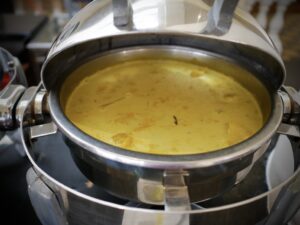
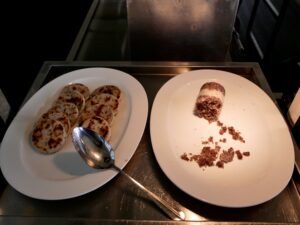

Before lunch, breakfast that is, one should start the local way with “string hoppers,” discs of rice flour noodles commonly eaten (by hand), served with yellow dal (lentils) and pol sambal (a sort of Sri Lankan salsa, based on grated coconut) from metal buckets.
Add a steaming cup of tea and have a satisfying breakfast for less than 200 rupees. I head to the Fort, the commercial heart of Colombo, with government offices, banks, other corporations, and luxury hotels. Although filled with modern architecture, there are still plenty of surviving colonial-era buildings.
One block from the Grand Oriental on York Street is the distinctive red-and-white Cargills building. Opened in 1906, it has claimed to be Asia’s first department store, offering colonials luxury goods of the day.

There are plenty of hidden gems to discover in the capital. Every street could tell a story if one had a thousand lives in which to hear them. The last satisfaction is always a fine dinner. Dinner can be adventurous.
Many combinations may be unfamiliar to Western tastebuds. The country’s culinary masters use local fruits, vegetables, seafood, and an arsenal of spices, which deliver an abundance of incredible dishes.
After experiencing hot temperatures combined with monsoon wind and rain, I took the main line train from Colombo Fort station to Kandy. The 110km journey lasts approximately 3hrs. This stretch is one of south Asia’s most spectacularly engineered tracks. It first opened in 1867.
Trains weave slowly upwards through long tunnels and along narrow ledges blasted by Victorian engineers out of solid rock, with vertiginous drops below. The main line to Kandy is considered by many to be one of the most scenic train journeys in all of Asia.

Arriving in Kandy was a burst of sentimental nostalgia. Here I was born and my family still has roots. I took a Tuk-Tuk (three-wheel scooter), a mode of local transport popular throughout South Asia, to the Hotel Queens, another ancient establishment.
In the center of Kandy town, I spent about ten days. There too I could relax over a breakfast of egg hoppers, fried rice, and chicken curry.
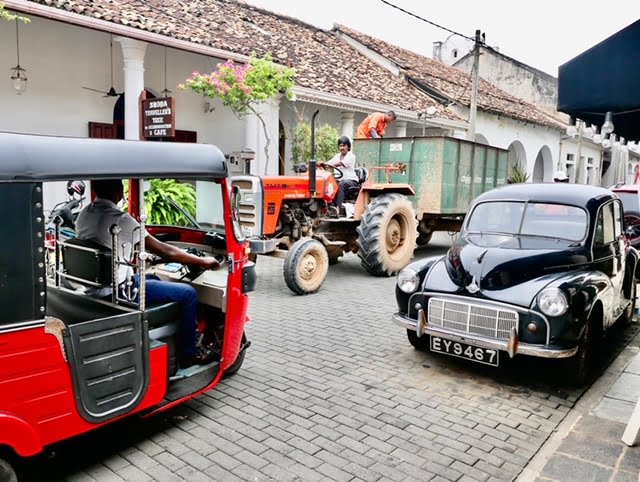
The next few days I spent a bit of genealogical research. I wanted to look up close and distant relatives whom I had not seen for decades. Needless to say, some had moved and some were no more. At the National Seminary, I talked to old priests who knew my family and new ones who didn’t.
The seminary was an important institution for a Catholic family. At least one boy was expected to make the family reputation there. Sadly the church cricket ground where we played scratch matches after school has been neglected. The pitch is no longer what it was in my day.
I also visited the old parish church, where I was forced to attend mass every Sunday. I preferred to bend into a fast spinner or a googly than to a consecrated host. However, my parents insisted that the only boundary I could score on Sunday was at the altar.
That church has not changed much. Just the walls seem darker than I remember. Another place I visited was the “Sri Dalada Maligawa” or Temple of the Sacred Tooth relic. It is the most revered Buddhist temple in Sri Lanka and holds a tooth of Buddha as a sacred relic.

Thus Kandy is not only a sacred city but has a UNESCO World Heritage site located within its royal palace. There are Hindu temples and a few mosques, but I did not find time for all these holy places. I visited another landmark, the Royal Botanical Gardens, a two-hundred-year-old garden with more than 4000 species of plants.
Again I was invited for some home cooking: Kandy-style rice and curry at my aunt’s house. In this case, my father’s sister was 90 years old and had already passed away before I arrived in the country. After lunch with my cousins, I went to the nearby Palakalle test ground to catch the rest of a 50-overs between an Afghan and Sri Lanka side, and naturally for tea too.
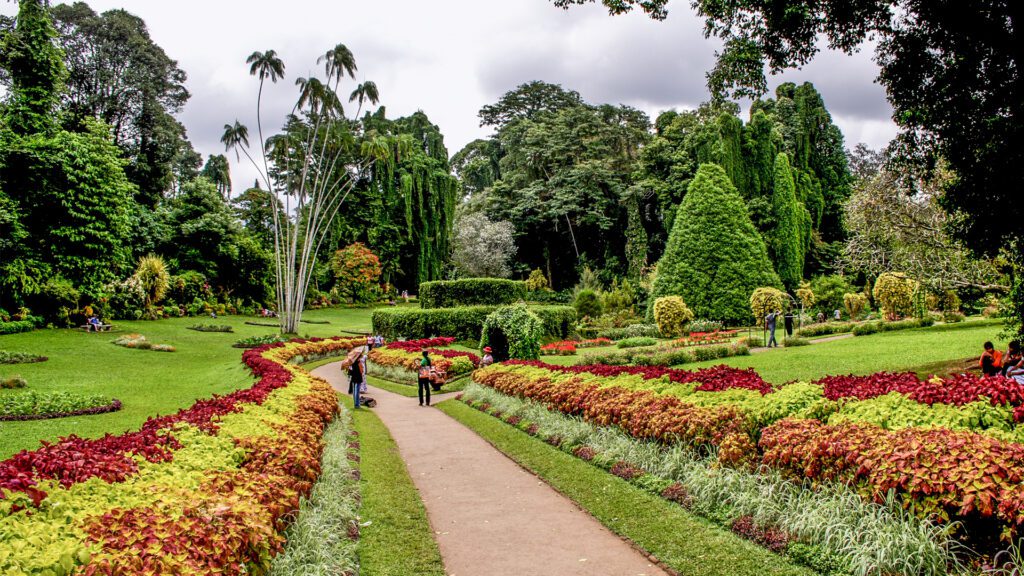
The next train journey was to the hill country. It was a chance to trace my morning tea back to the bush at the estate where it was grown and picked. Taking a train trip is one of the best things to do in Sri Lanka, and the train ride from Kandy to Ella, or the other way around, is one of the greatest in the world.
It is also common among locals and tourists. One should take the time to get a seat on this outstanding route with its exceptional scenery as it ascends high into the lush mountains, covered with vibrant tea plantations. There one can see small villages, waterfalls, lovely old bridges, and sometimes local kids following the train at its slower stretches.
I lodged in the former residences of tea estate superintendents (now refurbished luxurious guesthouses). Ceylon tea is classified as high-grown, mid-grown, or low-grown tea based on the elevation at which the bushes are planted. Might I have picked a few pounds to bring back home? European supermarket tea bags do not give the real flavor.
The Island has a remarkable train network connecting important cities of the country. Where transportation is concerned, I am well equipped to get to the low country, to the beach towns, and especially to the town of Galle. A major city situated on the southwestern tip, it is the provincial capital and largest city of Southern Province.

Galle reached the height of its development in the 18th century, during the Dutch colonial times. Galle is the best example of a fortified city built by the Portuguese in Southeast Asia. The city reflects the interaction between Portuguese architecture and native building traditions. The Galle Fort is a UNESCO World Heritage site and the largest remaining fortress in Asia built by European occupiers.
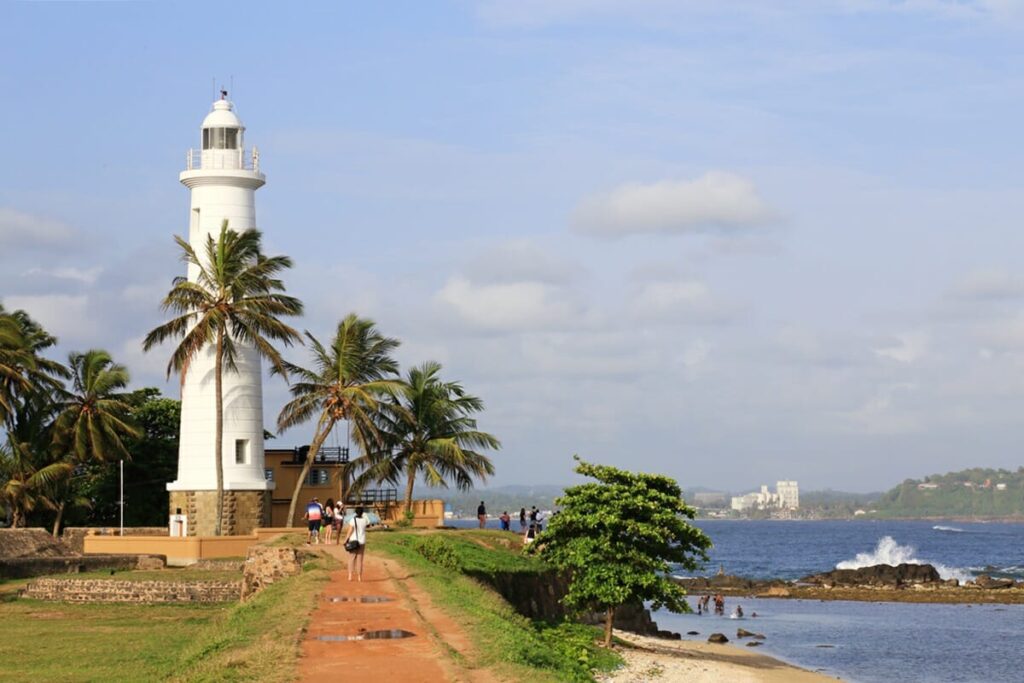
Arriving in Galle Fort too, I have good memories. My father was a government servant. In this capacity he had to visit different cities in the course of his duties Naturally he would stay in one of those colonial hotels.
I wanted to stay in one of those places where he would have been lodged. Instead, I found a restored 17th-century house that had once belonged to a spice merchant in the heart of Galle Fort. The hotel was steeped in the charming side of colonial heritage.
My last trip was to the Jaffna peninsula, separated from India by the Palk Strait. Jaffna is a city opposite Tamil Nadu. My family would make pilgrimages there in my youth. The peninsula has an area of 380 square miles. I roamed the grounds of Jaffna Fort.
The fort was completed in 1632 by the Dutch, who by then had ousted the Portuguese. A Dutch church inside the fort dates from 1706. There are ruins of Portuguese churches and several Hindu kovils (temples).
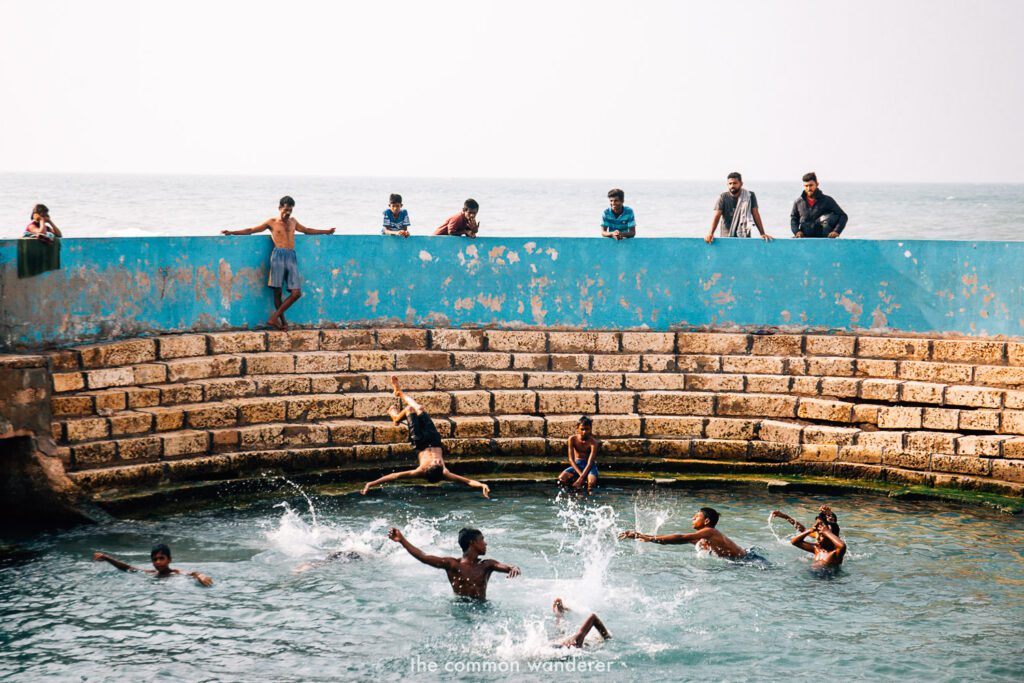
Bathers will find a freshwater pond on the beach, said to possess therapeutic properties. I was keen to see the toddy tappers. Tappers climbing the palmyra tree with its broad fan leaves are a distinctive and common sight throughout the Jaffna peninsula.
The tappers climb the palms with a clay pot and collect sap from the flower heads at the top of the great trees. The palmyra can grow to more than 30 meters (90ft). The sap is fermented to make toddy, an alcoholic drink. Also known as palm wine – and palm sugar, which is called jaggery.
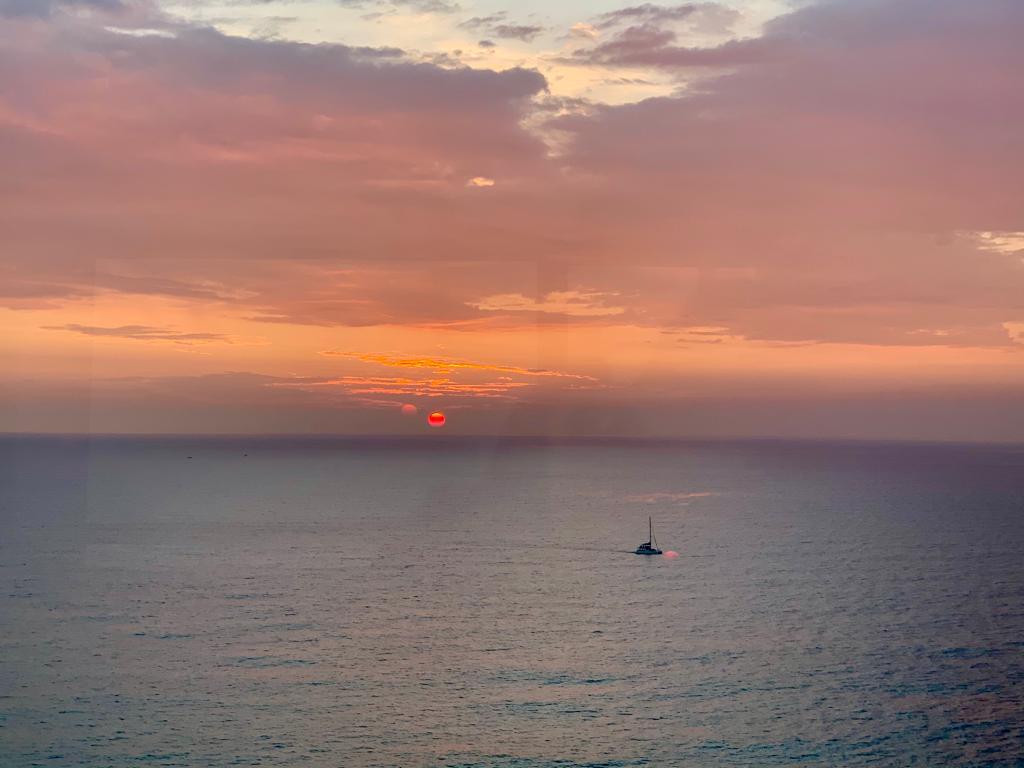
Actually, in the few days I spent on the peninsula, I did not meet any toddy tappers. Instead, I met the Subramaniam family on an outing to the Hindu temple. They made a colorful group standing together on the sandy road with three bicycles, a few children, some cows, a few coconuts, and a bag of bananas.
Mr. Sumbramaniam‘s elder son was shirtless when he entered the temple wearing a saffron sarong. The rest of the party was adorned in shades of orange, indigo, and turquoise. What a picturesque journey it was. Jaffna’s fort is still bare.
The magnificent Dutch church lay in shards at crazy angles as cows outnumbered people on the promenade seaward. I took a break until the next day. It was too hot and humid. Even a mountain of coconuts couldn’t have helped me.
What a picturesque journey. Jaffna’s fort is still bare. The magnificent Dutch church lies in shards at crazy angles, as cows outnumber people on the promenade seaward. I take a break until the next day. It was too hot and humid to do more. Even a mountain of coconuts couldn’t have helped me.
I ended this Ceylon journey with a smile and a sort of melancholy. I passed a shop window and in my reflection tried to recognize that 13-year-old boy who had hammered a cricket ball through just such a window so many years ago.
More work by Ignatious
Keep on reading: Visiting Zadar: 10 Amazing Things To Do And See


